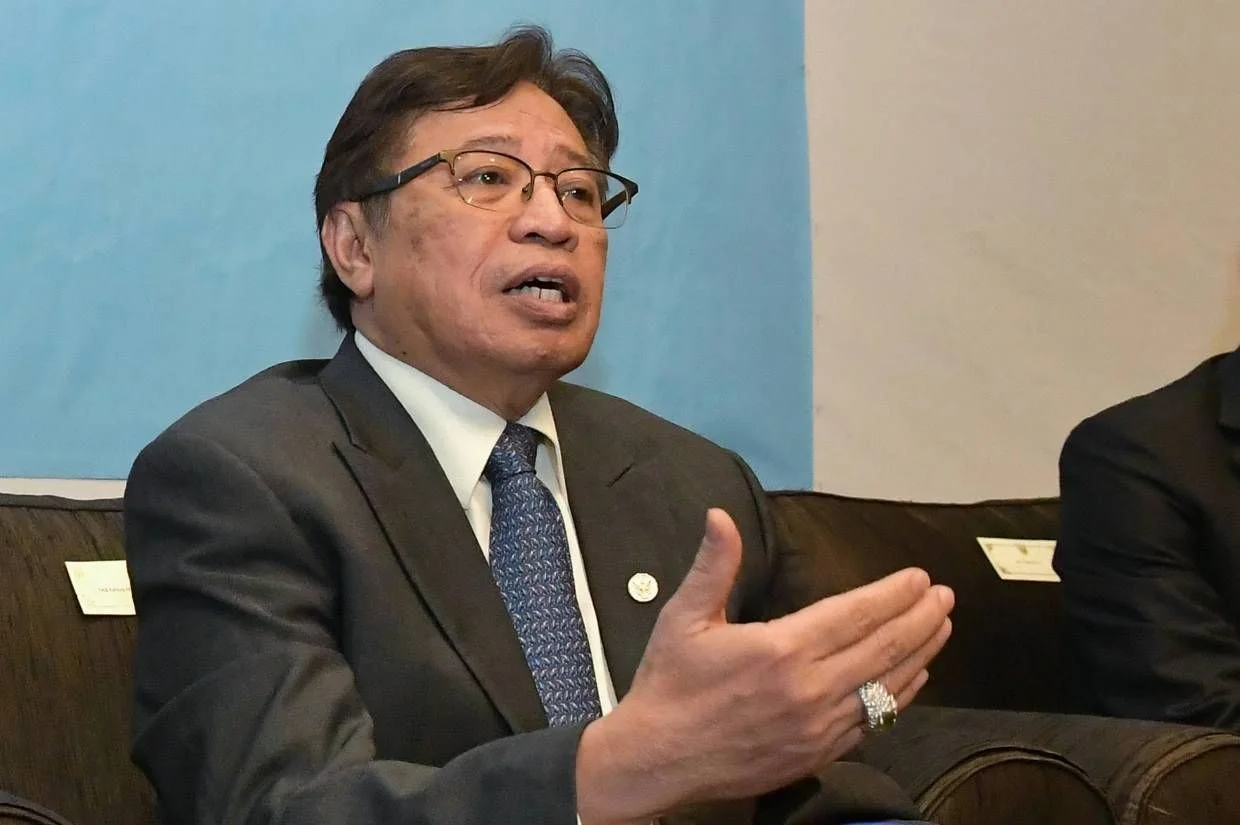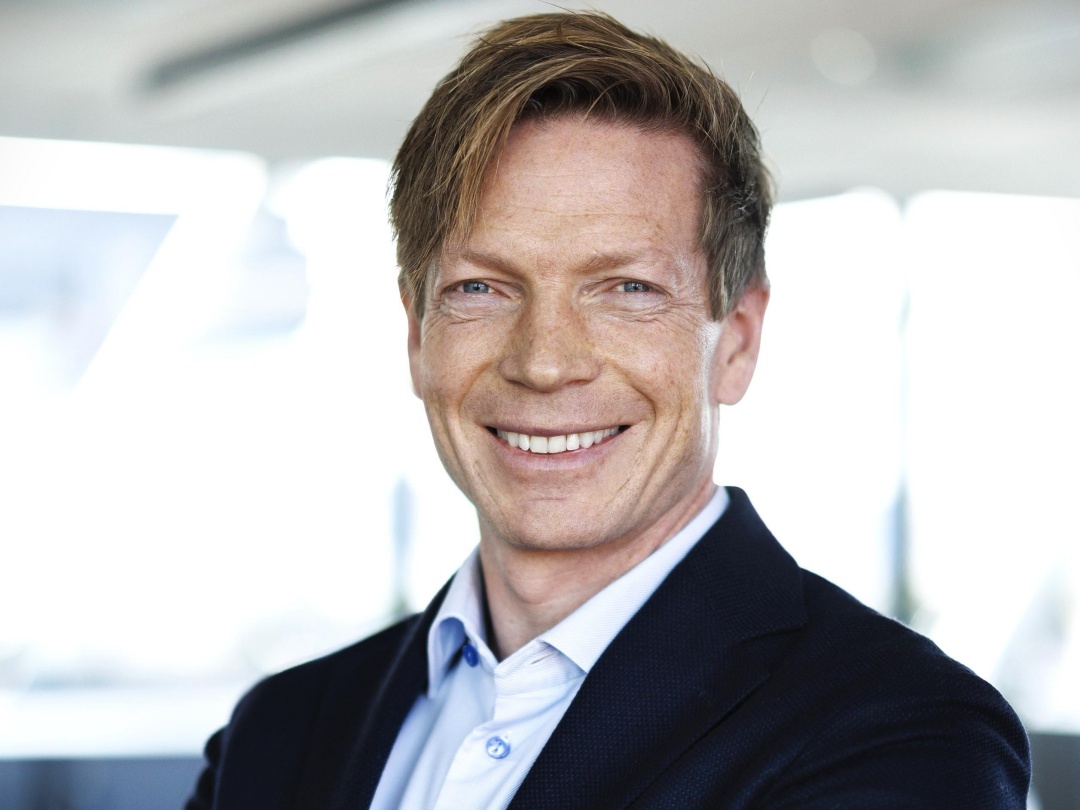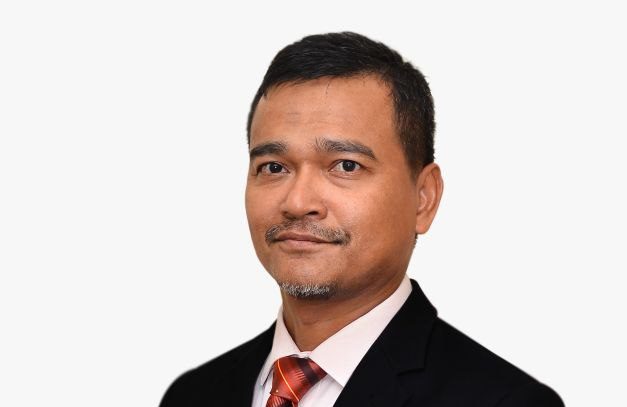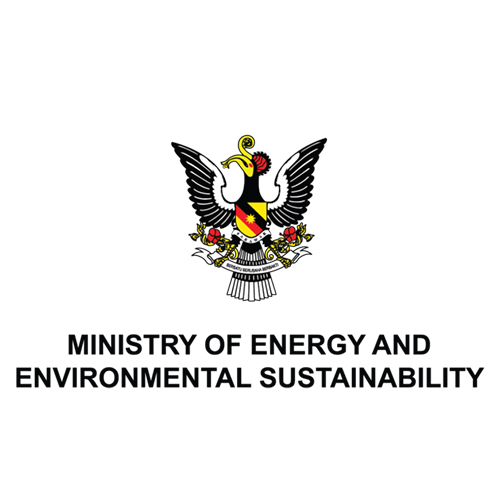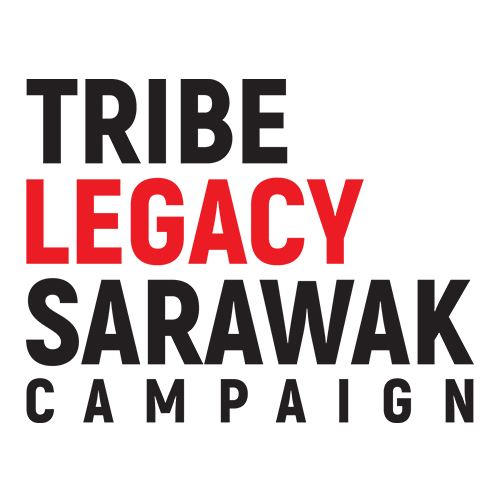KUCHING: Sarawak has made headway on several fronts in its foray into a green hydrogen economy.
Two major hydrogen manufacturing projects, H2biscus and H2ornbill, are expected to be operational in Bintulu Petchem Industrial Park in 2027, according to Sarawak Premier Tan Sri Abang Johari Tun Openg.
He said the final investment decision on H2biscus Train project is expected to be made in the first quarter of 2024 (1Q24), while a similar investment decision on H2ornbill Train project in 2Q25.
“To date, both projects have completed their feasibility studies and are expected to continue to the front-end engineering design (FEED) stage within the next few months, subject to finalising the details in feasibility studies prior to entering the comprehensive FEED stage.
“Both facilities are expected to be operationalised in 2027.
“Other than producing green hydrogen, the plants will also create new hydrogen-based industries such as the manufacturing of electrolysers, fuel cells and the green chemical industry,” he said when opening the 5th International Energy Week.
The event, themed “Transitioning Towards A Net-Zero Carbon Future”, was hosted by the Sarawak Energy and Environmental Sustainability Ministry and comprised exhibitions and business matching sessions.
Sarawak Economic Development Corp’s subsidiary SEDC Energy Sdn Bhd is collaborating with Japan’s Sumitomo Corp and Eneos on the H2ornbill project that will involve the large-scale production of green hydrogen.
SEDC Energy is also in a tie-up with three South Korean multinationals, namely Samsung Engineering, Posco and Lotte Chemicals in developing a green hydrogen derivative facility.
The three companies will take an active role in developing the entire cycle of the H2biscus project, which include direct investment, construction, transportation and utilisation.
Abang Johari said H2biscus and H2ornbill would be the cornerstone of Sarawak’s green hydrogen economy and a benchmark world-scale project.
According to earlier reports, the H2biscus project is expected to produce 7,000 tonnes per annum of green hydrogen for Sarawak’s domestic use, 600,000 tonnes per annum of blue ammonia, 630,000 tonnes per year of green ammonia and 460,000 tonnes per year of green methanol for export.
Abang Johari said SEDC Energy is also developing a hydrogen production plant and refuelling station to support the Kuching Urban Transportation System (KUTS) project.
The hydrogen production plant in Rembus, Kota Samarahan, is expected to be completed in 2025.
The KUTS, estimated to cost RM6bil upon full completion, will utilise a hydrogen-powered autonomous rapid transit (ART) system (a hybrid of train, bus and tram).
KUTS ART Phase 1 involves the construction and operation of two lines, namely the Samarahan and Serian Lines, which will cover a total of 53 km in southern Sarawak.
The Samarahan Line (28.5 km) will have 14 stations while the Serian Line will have 15 stations, in addition to one interchange station and depot each.
The KUTS’s passenger service is expected to be introduced in stages from 4Q25.
SEDC Energy is also involved in the development of infrastructure for electric vehicle (EV) and hydrogen-based EV refuelling stations in major towns in Sarawak. The first multi-fuel PETRONAS service station in Darul Hana here was operational in April 2022.
Abang Johari said the Post-Covid-19 Development Strategy 2030 launched by the Sarawak government is a comprehensive plan that serves as a blueprint for rebuilding the state economy and forging a sustainable future for the people.
